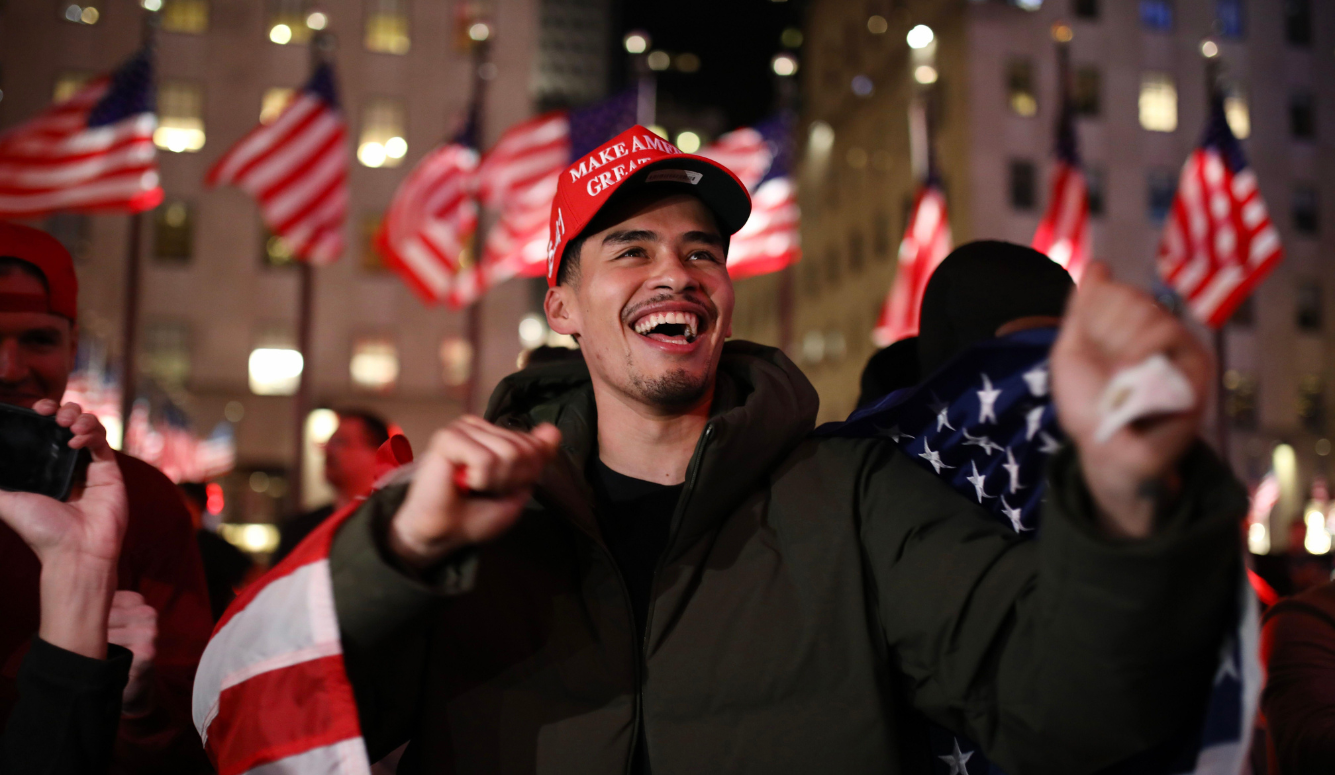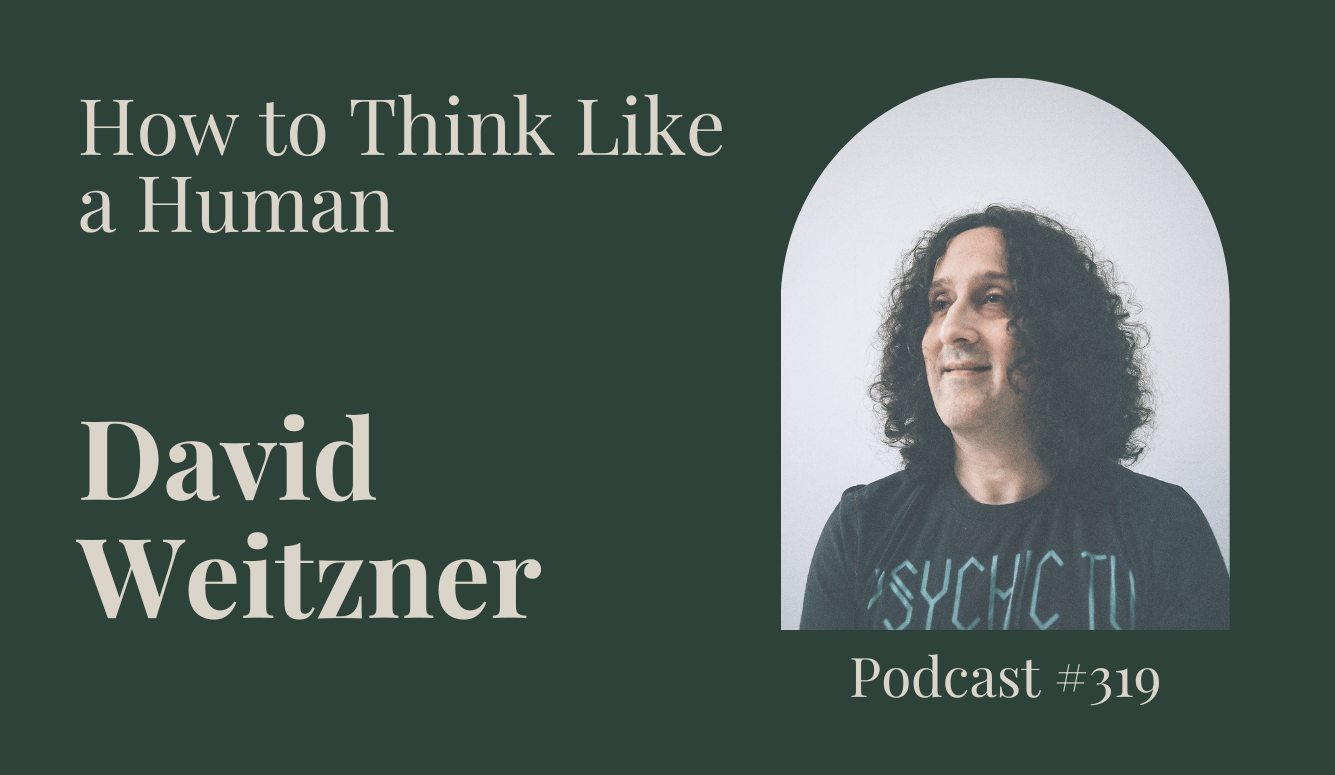American Politics
Revenge of the Silent Male Voter
What I learned about Trump’s landslide victory from one night in New York City.

On election day, I caught the subway from Brooklyn to Manhattan. Sitting across from me, an elderly woman wore a T-shirt with the image of Trump pumping his fist in the air with the words “fight, fight.” A small “I Voted” sticker was pressed onto her lapel.
She sat with an easy confidence. There were no disapproving glances from other passengers. There was no tension. No conflict. It struck me that in 2024 it was now perfectly acceptable to express support for Trump in a deep blue (Democratically held) city. As I travelled to my destination I wondered: If one could support Trump this openly in New York City, what might support look like in the rest of the country?
A few hours later I attended an exclusive, well-heeled party. I spoke to various professionals who said that they had never voted Republican in their lives, but had voted for Trump that day due to his support—in their words—“for the Jews.” These Manhattanites told me that Kamala was too sympathetic to the “pro-Hamas contingent” of the far-Left, and at a time of rising antisemitism, they couldn’t bring themselves to support her. This small group of cosmopolitans represented a contingent far-removed from the stereotypical MAGA voter. And yet listening to their views, it again occurred to me: if I could find such support for Trump in the middle of a Democratic heartland—what might it look like in the rest of the country?





